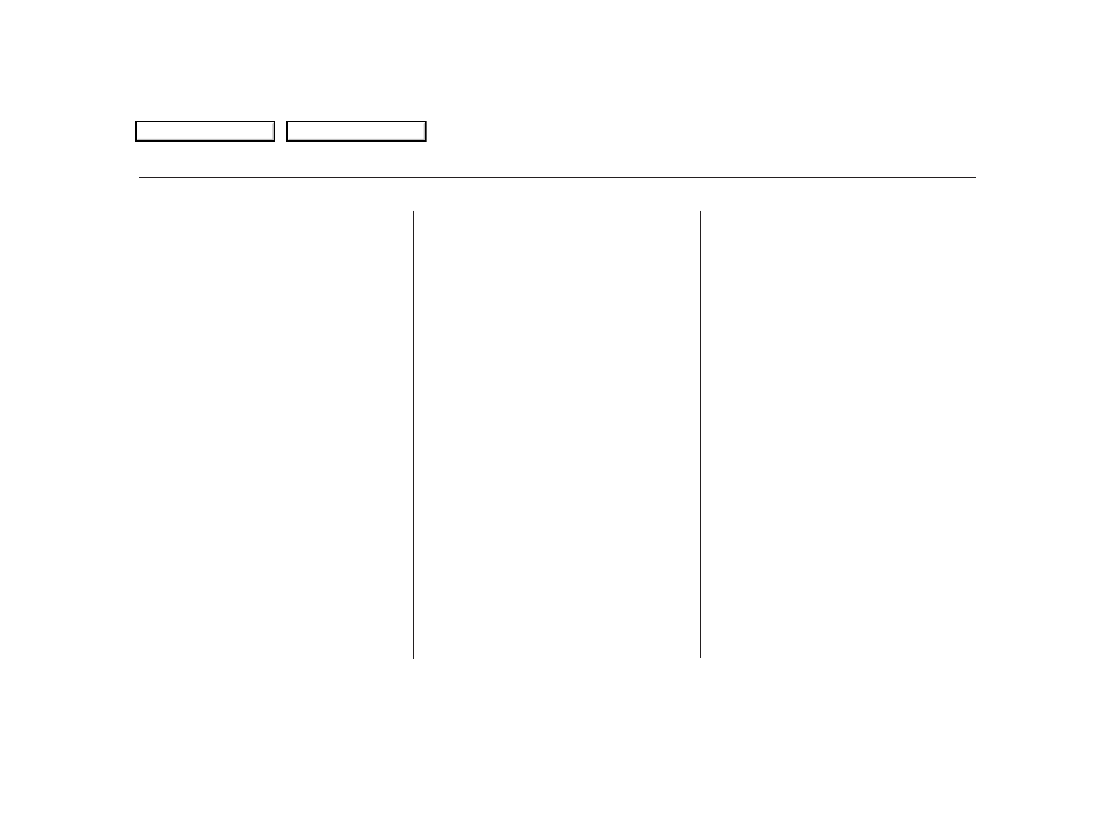Honda S2000 (2008 year). Manual - part 3

−
If the airbag inflates, it
can hit the back of the child seat
with enough force to kill or very
seriously injure an infant.
If a larger child must ride in
this vehicle, see page
for
important guidelines on how to
decide when a child is ready to ride
in the passenger’s seat and how to
properly protect the child.
Airbags have been designed to help
protect adults in a moderate to
severe frontal collision. To do this,
the passenger’s airbag is quite large,
and it can inflate with enough force
to cause very serious injuries.
Even though your vehicle has an
advanced airbag system that
automatically turns the passenger’s
airbag off (see page
), please
follow these guidelines:
If the vehicle seat is too
far forward, or the child’s head is
thrown forward during a collision, an
inflating airbag can strike the child
with enough force to kill or very
seriously injure a small child.
According to accident statistics,
children of all ages and sizes are
safer when they are restrained in a
back seat. The National Highway
Traffic Safety Administration and
Transport Canada recommend that
all children aged 12 and under be
properly restrained in a back seat.
Some states have laws restricting
where children may ride.
Since this vehicle does not have a
back seat, we strongly recommend
that you do not carry any child who
is not large enough or mature
enough to ride in front (see page
).
Your Vehicle is Not
Recommended f or Child
Passengers
The Passenger’s Airbag Can Pose
Serious Risks
Small Children
Never put a rear-f acing child seat in
this vehicle.
Inf ants
Larger Children
Children who have outgrown child
seats are also at risk of being injured
or killed by an inf lating passenger’s
airbag.
Placing a f orward-f acing child seat in
the passenger’s seat can be
hazardous.
Protecting Children
General Guidelines
30
07/07/25 17:31:30 31S2A680 0035
2008 S2000
Table Of Contents
Main Menu